Using Visuals Supports—Schedules and So Much More!
Written by Julie Bisnath, BSW RSW
When I came across this great “visuals” reminder from Kristin Wiens (@kristin.wiens, @kwiens62) I thought that it would be good to share it along with a bit of information on the various types and benefits of using visuals with your children at home or at child care. While it might seem a bit daunting at first, using visual supports quickly becomes routine. I’ve used them both at home when my own children were little and in various professional capacities. I love these 9 great reasons identified by Wiens:

Visual cues benefit all children as they provide information, identify expectations, support communication, cue new skills, and enhance memory. Using them throughout your program supports skill development and promotes children’s independence. Examples of visual supports include photographs, line art, words, gestures, and actual objects—used consistently to convey information. Depending on how they are presented, visuals can be used for schedules, choice boards, labels, first/then boards, and sequencing charts.
A Visual Schedule reinforces the daily routine by providing a tangible way for children to see what comes next. Seeing the sequence of the day and learning to anticipate the routine reassures children and helps them to feel a sense of control over the environment. Simple graphics or actual photos of the children in the home or child care environment work well. Velcro or magnets on laminated cards make it easy for you to adjust the schedule as needed and allow the children to actively participate in removing the activities from the schedule once done. If wall or fridge space is not an option, the visual schedule can be easily strung up on a line with clothespins or assembled in a binder.
Many sample visual schedules can be found online. A simple example might include:
- indoor play
- snack
- outdoor play
- story or circle
- lunch
- nap
- snack
- outdoor play
- pick up
It’s also easy to add in extra activities such as going for a walk or tasks like bathroom visits and hand washing.

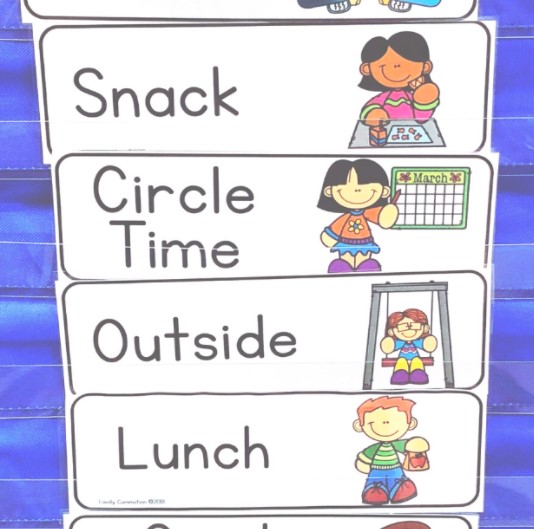
image on the left: www.thedandyliondaycar.wixsite.com/dlhdc
image on the right: www.lovelycommotion.com/blog/benefits-visual-schedule
Choice Boards provide information about what options are available and prompt children to make a choice. This can be a choice between two play activities, two objects, two foods, etc. Once the children are comfortable choosing between two options, you can gradually increase the choice board to include more possibilities. A choice board with multiple favourite activities/items is sometimes called an “I Want Board” and is used more commonly as a communication tool but can also be helpful in a group setting such as home child care. Here is a wonderful example of a choice board (or “I want board”) in use by a classroom teacher. Each student chooses how they would like to be greeted from choices on the board (hug, bow, high five, fist bump, dance, or handshake.): https://www.youtube.com/watch?v=NmXuhgWjMJg
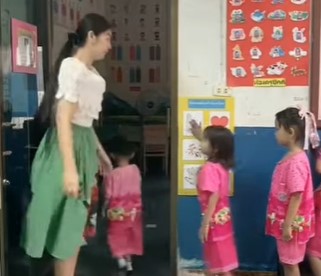
For choosing between two places (i.e., playing at the park or in the backyard), photographs work well. For choice between two objects, or two foods, you can use the actual items if you prefer. Choice boards themselves (compared to simply holding up or pointing to the actual choices) cue the child that they are about to be presented with a choice, sometimes this in itself is helpful. In this case, using a consistent “board” (a dedicated clipboard for example) is easiest and most effective. Whether you use an actual board or not, the key feature is to only present available options. The adult determines the available options, and the children get to choose their preference. Eventually, children who are comfortable making choices will not need as many visual cues for everyday decision making.
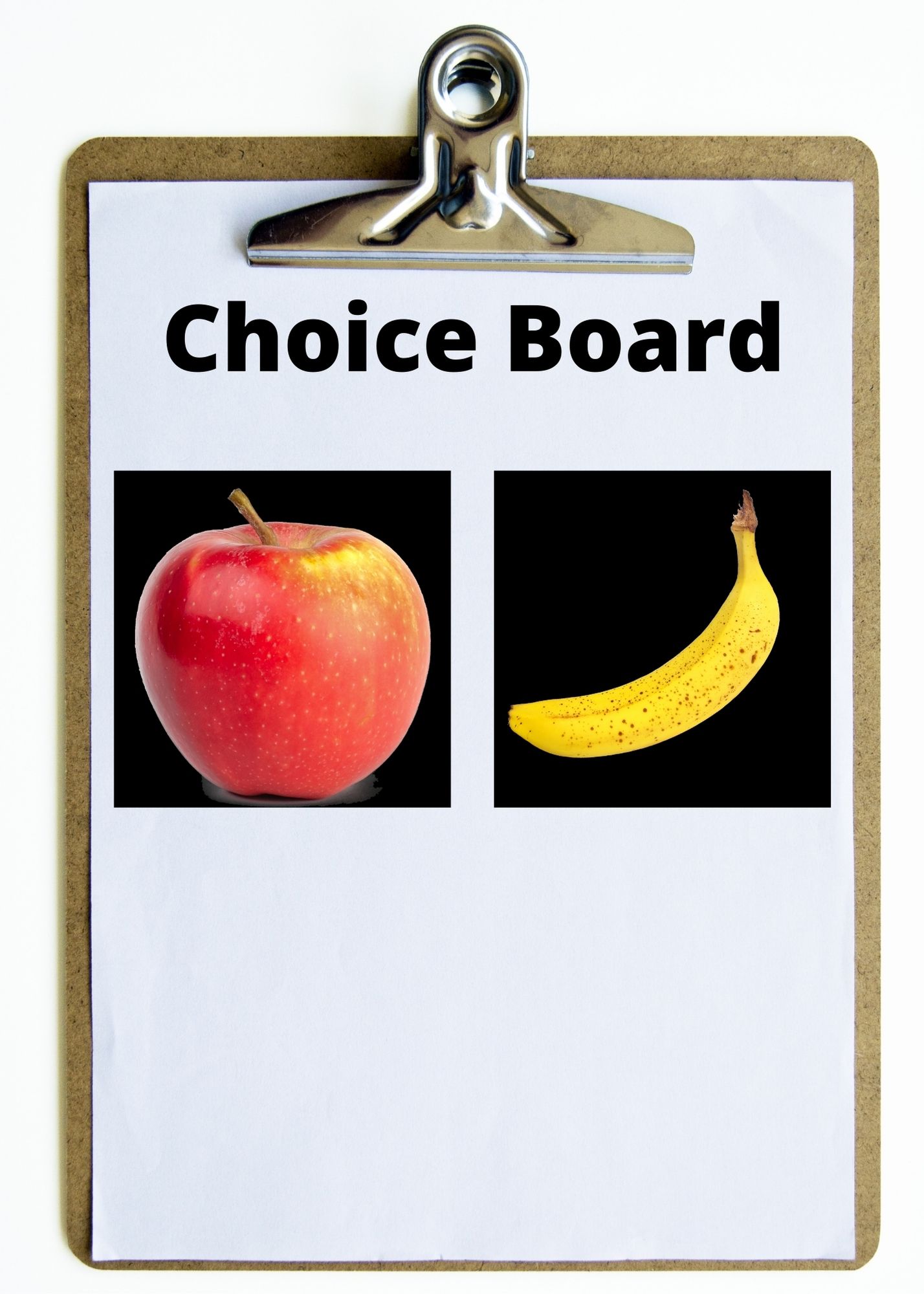
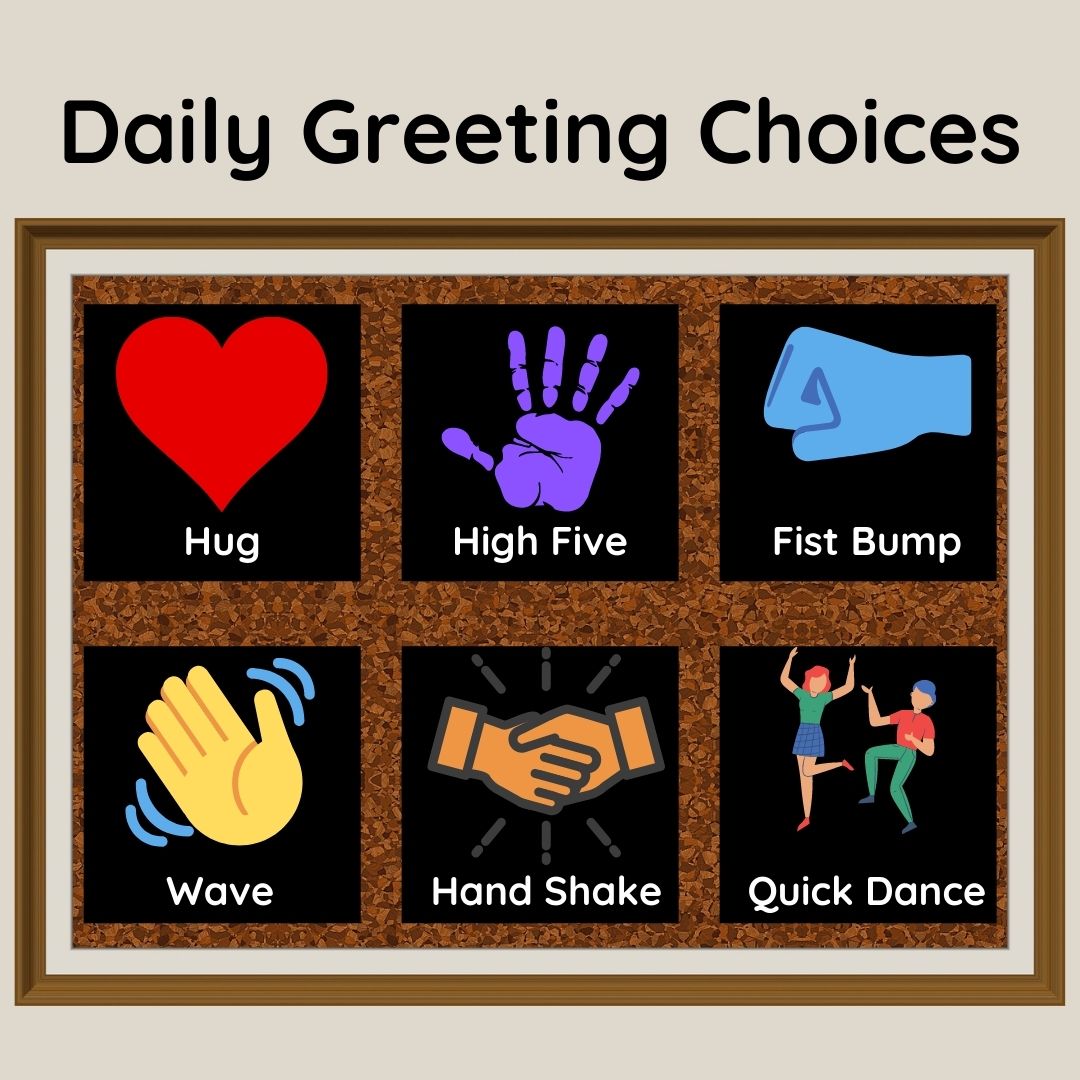
Labels help us all to know where things belong—use simple pictures or words to identify the room, area, bin, or cupboard. Labelling personal cubbies and/or playroom toy bins, for example, supports independent self-help skills and contributes to group tasks such as tidying up.
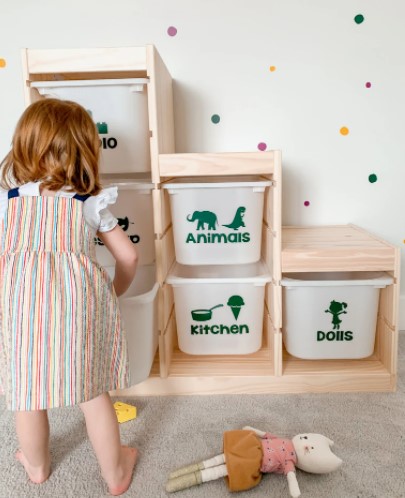
Photo from: www.etsy.com/ca/shop/TaraMichelleHome?ref=simple-shop-header-name&listing_id=780666589
Some home child care providers assign a colour to each child. This is another type of visual cue and can include items such as personal bins (red bin is for child A’s hats, mitts, and bag while blue bin is for child B’s belongings, etc.), snack and lunch dishes, facecloth and towel, water bottles, etc. The important thing here is to be consistent in maintaining the colour assignments.
First/Then Boards indicate a sequence of events and are helpful during transitions. The “first” picture is an activity that you need the child/children to do followed by the “then” picture of an activity or object that the child/children enjoy. Help them to complete the sequence and be sure to follow through. Make the “first” action easier and more interesting by pairing it with a little song—extend the song by repeating or making up verses to suit and/or prolong the task:
- Time to put the toys away, toys away, toys away, time to put the toys away, so we can play outside. (Tune of London Bridge)
This one in particular is super easy to adapt (no rhyming lol!).
- Now it’s time to wash your hands, wash your hands, wash your hands, now it’s time to wash your hands, so we can have our snack.
An easy little clean up rhyme:
- Clean up, clean up, everybody everywhere, clean up, clean up, everybody do your share.
And one for handwashing:
- Wash, wash, wash your hands, get them nice and clean! Wash the front and wash the back, and wash them in between. (Tune of Row, Row, Row Your Boat)

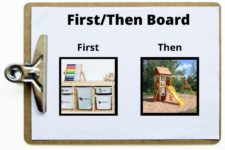
Sequencing Charts support children in learning a new skill. The skill is broken up into smaller, step by step tasks which are represented by a sequence of images. Sequencing charts are often used to teach and remind children about various routines—including handwashing, toileting, and dressing. Sesame Street offers a printable handwashing sequence here: https://sesamestreetincommunities.org/activities/teaching-handwashing/.

Just as adults use and rely on various visual cues (traffic signs, calendars, post-it notes, etc.), so do children. Not only do these supports serve as important reminders, but they also establish expectations, promote language development, encourage autonomy, and provide comfort in knowing what’s coming up next.
With reference to decision making, linking visual supports when you communicate with children helps to keep their attention, gives context to your words, and provides a concrete reference for making a choice. Think of a restaurant menu–isn’t it so much easier to make a choice when you have a menu to look at? Isn’t even nicer when the menu features appetizing photos? What about when you want to order something that you’re not sure how to pronounce or that might be in another language? Pointing to your choice is pretty handy. Listening to the server rattle off the options could also work but an actual menu really does enhance the experience.
Children are constantly working to process information and make sense of the world around them–providing visual cues supports their growth and development as capable and competent learners.
No matter what type of visuals you use, be sure to present them at the children’s eye level and keep them in a consistent location (i.e., a dedicated spot on the wall for the daily schedule and/or the daily greetings, use a dedicated clipboard or binder for a choice or first/then board). If you haven’t used visual supports in your home or child care program, give it a try—you’ll soon see the many benefits for both you and the children in your care.
